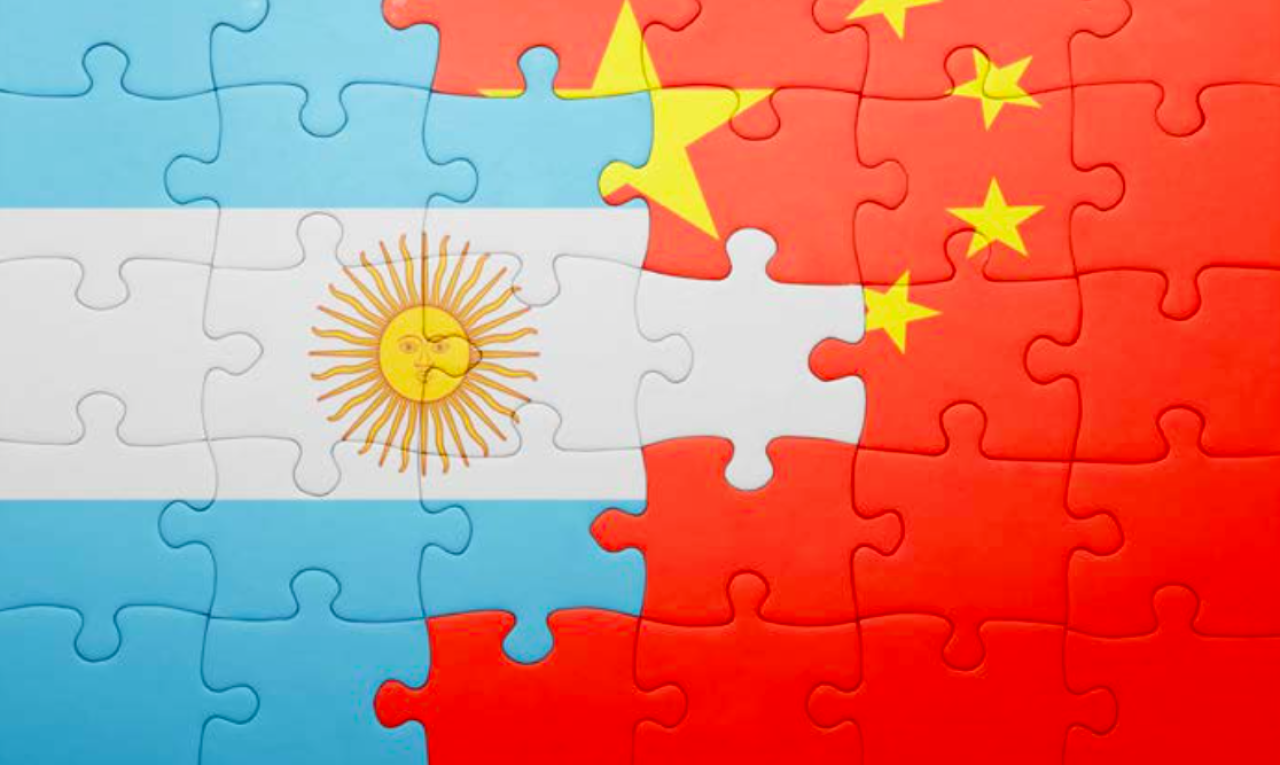RIO DE JANEIRO, BRAZIL – Trade between China and Argentina represents a large part of the latter country’s exports. According to figures that emerged from the summit between the Asian country and Artentina, there was a year-on-year growth of around 50%.
Analyst Marcelo Elizondo talked to PERFIL and analyzed the strengths and weaknesses of this trade link. There is great potential and growth. However, the current macroeconomy, represented by 5 fundamental variables such as inflation, Central Bank reserves, dollar leakage, exchange rate gap and fiscal deficit, limits any possibility of investment and market expansion.
MISLEADING GROWTH
According to data published this week at the XIV China-Latin America and the Caribbean Business Summit, during the first three quarters of 2021, trade between the parties amounted to US$331.88 billion. This is equivalent to an increase of 45.5% year-on-year.
Read also: Check out our coverage on Argentina
Elizondo, an analyst in international economics and director of DNI consulting firm, stated that there was a “very strong” recovery of trade between China and Latin America. However, it would not be a great record, since the growth is explained because it is a comparison with respect to 2020, a year devastated by the pandemic and which was bad economically speaking.
As a counterpoint, he also indicated in a conversation with PERFIL that “China is the only country that grew and that in 2021 it will grow again. It has a high demand for what Latin America provides: food, mineral and energy commodities”.
Argentina is mainly a supplier of food products. In fact, for the country, it represents the second market in terms of exports and is growing in relative importance.

As Elizondo explained, the most important thing is complementarity, since “China needs to import because it has a food deficit and Argentina supplies its food production chain”. The ranking of products imported from our country is:
- Soybean derivatives such as soybeans and soybean meal. These products account for 65% of Argentina’s total exports.
- The second one is meat: mainly the one known as “canned beef”, which is not consumed in Argentina.
- The third one is fruits: the most customary ones such as apples, pears, citrus; and the more sophisticated ones such as cherries, berries.
The three types of commoditie cover almost 90% of Argentina’s exports to China. The remaining percentage is of a few industrial products. “There is great growth potential in several areas: grains, cereals, and oilseeds, red meat and fish, manufactured food products such as dairy products or wines. In fact, the Argentine Wine Corporation COVIAR is promoting a trade agreement to lower the tariff for the entry of Malbec wines to China”, the international trade analyst explained.
WHAT ABOUT LITHIUM?
With a value of $700 million, the largest deal signed at the China-Latin America Business Summit was between Tibet Summit Resources Co., Ltd. of China and the government of Salta province, linked to battery-grade lithium carbonate.
The company will invest in a battery-grade lithium carbonate project, with an annual production of more than 100,000 tons, in the northern province. According to the Chinese company’s vice president, Zhang Jieyuan, the project will bring a considerable amount of tax revenue to the local government and create more job opportunities.
IMartín Elizondo saw a good future in this line of work: “with respect to minerals, we have to take into account that they are producers of technology, and we can be a great supply item. In addition, they can invest in extraction and exploitation, leading to trade.”
ACHILLES HEEL
The Argentine economy and its macroeconomic variables -inflation, Central Bank reserves, dollar leakage, exchange rate gap, the fiscal deficit- set the stage for a prosperous international market. This was detailed by the specialist consulted by PERFIL, who explained that there are two competitiveness analyses:
- External: China is an importer of large volumes. The key is to achieve production capacity at scale, which in itself is a business.
- Domestic: In this sense, there are many problems due to the exchange rate gap that affects production costs and discourages investment “because it does not suit them”. There is difficulty in accessing financing.
“Added to this is the regulatory environment that is prohibitive and you have to ask permission for everything, even to import productive inputs. Also, labor legislation discourages flexible and short-term projects,” he said.
The director of DNI consulting firm affirmed that the outlook is gray, since “if high inflation is projected over time, as it is expected to be over 60%, serious exchange rate problems, problems in imports, instability in the short term, you will not have an improvement in the amount of supply”.
“However, these are estimates. We really do not know what is going to happen. Is it possible that this scenario will be repeated again? I estimate that there will have to be some modification. At the international China-Argentina market level, the local investment environment must be improved. The demand exists, what needs to be improved is the supply,” he concluded.
With information from Perfil

